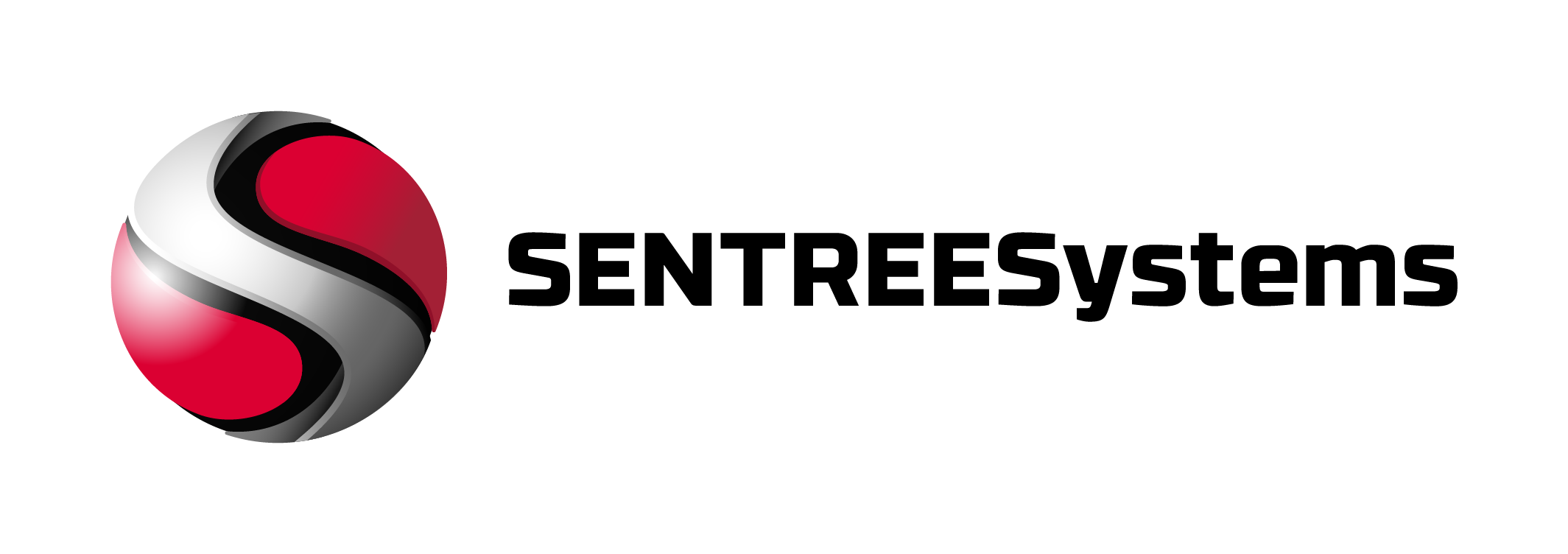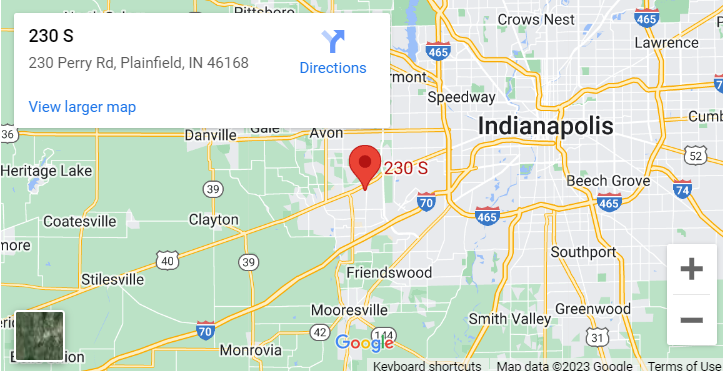Your cloud data is under attack right now. While you’re reading this, cybercriminals are probing cloud infrastructures, exploiting weak configurations, and stealing sensitive business information. The question isn’t whether your cloud environment will be targeted—it’s whether you’ll be ready. Implementing comprehensive cloud security best practices isn’t optional anymore; it’s the difference between staying in business and becoming another breach statistic. I’ve worked with hundreds of businesses that thought their cloud provider handled all security concerns. They were wrong. And it cost them dearly.
Key Takeaways
- Cloud security operates on a shared responsibility model—your provider secures the infrastructure, but you must secure your data, applications, and user access
- Multi-factor authentication and zero-trust architecture are non-negotiable foundations for any cloud security strategy
- Regular security audits and automated monitoring can detect threats before they become catastrophic breaches
- Employee training and clear security policies prevent 95% of successful social engineering attacks targeting cloud systems
- Data encryption, both in transit and at rest, must be implemented across all cloud services and storage solutions
Understanding the Shared Responsibility Model
Most businesses get cloud security wrong from day one. They assume their cloud provider—whether it’s AWS, Microsoft Azure, or Google Cloud—handles everything. This assumption has led to more data breaches than any other single factor in cloud computing.
Here’s the reality: cloud providers secure the infrastructure, but you’re responsible for securing everything you put on it. Think of it like renting an apartment. The building owner provides locks on the front door and security cameras in the lobby. But if you leave your apartment door wide open with valuables scattered around, that’s on you.
What Your Cloud Provider Handles
- Physical security of data centers
- Network infrastructure protection
- Host operating system patching
- Hypervisor security
- Service availability and uptime
What You Must Handle
- Identity and access management
- Data encryption and key management
- Network traffic protection
- Operating system updates for your instances
- Application-level security
- User account security and permissions
I’ve seen companies lose millions because they didn’t understand this division. A manufacturing company I worked with last year suffered a ransomware attack that encrypted their entire cloud-based ERP system. Their IT director kept saying, “But we’re in the cloud—isn’t that supposed to be secure?” The cloud was secure. Their configuration wasn’t.
Essential Cloud Security Best Practices Every Business Must Implement
Implement Zero-Trust Architecture
Traditional security models assume everything inside your network is trustworthy. Zero-trust assumes everything is hostile until proven otherwise. This approach has become critical as remote work blurs the lines between internal and external network access.
Zero-trust architecture requires:
- Verify every user and device before granting access
- Limit access to only what’s necessary for specific tasks
- Monitor and log all network activity continuously
- Regularly reassess and adjust permissions
Companies implementing zero-trust see a 90% reduction in successful breach attempts within the first year. The upfront effort pays dividends when you avoid even one significant security incident.
Enforce Multi-Factor Authentication Everywhere
Single passwords are worthless. I don’t care how complex your password policy is—if it’s just one factor, you’re vulnerable. Multi-factor authentication (MFA) prevents 99.9% of automated attacks and should be mandatory for every single account that touches your cloud environment.
Enable MFA for:
- All administrative accounts
- Cloud management consoles
- Email systems
- VPN access
- Any application containing sensitive data
Use authenticator apps or hardware tokens rather than SMS when possible. SMS can be intercepted, but authenticator apps generate time-based codes that are much harder to compromise.
Encrypt Everything
Data encryption isn’t negotiable. Encrypt data at rest, in transit, and in processing. Most cloud providers offer encryption services, but you need to configure them properly and manage your encryption keys securely.
| Encryption Type | What It Protects | Implementation Priority |
|---|---|---|
| At Rest | Stored data in databases, file systems, backups | Critical |
| In Transit | Data moving between systems, users, and services | Critical |
| In Processing | Data being actively used by applications | High |
Key management is where most businesses struggle. Never store encryption keys in the same location as your encrypted data. Use dedicated key management services like AWS KMS, Azure Key Vault, or Google Cloud KMS. Rotate keys regularly and maintain strict access controls.
Implement Comprehensive Monitoring and Logging
You can’t protect what you can’t see. Comprehensive monitoring and logging are your early warning system for detecting threats before they become full-scale breaches.
Monitor these critical areas:
- User login attempts and patterns
- Data access and modification events
- Network traffic anomalies
- Configuration changes
- Resource usage spikes
- Failed API calls
Set up automated alerts for suspicious activities. I recommend using CISA’s cybersecurity framework as a baseline for determining what constitutes suspicious behavior in your environment.
Advanced Security Measures for Enhanced Protection
Regular Security Audits and Penetration Testing
Security isn’t a one-time setup. It’s an ongoing process that requires regular assessment and adjustment. Conduct security audits quarterly and penetration testing at least annually.
Your security audits should examine:
- User access permissions and role assignments
- Network security group configurations
- Data classification and protection policies
- Backup and disaster recovery procedures
- Compliance with industry regulations
Penetration testing reveals vulnerabilities that automated scans miss. Hire external security professionals to simulate real attack scenarios. I’ve seen pen tests uncover critical flaws that companies had missed for years.
Implement Data Loss Prevention (DLP)
Data Loss Prevention tools monitor and control how sensitive data moves within your cloud environment. They can prevent accidental data exposure and detect when someone attempts to exfiltrate information.
Configure DLP policies to:
- Block unauthorized file sharing
- Detect sensitive data in emails and documents
- Monitor database access patterns
- Alert on bulk data downloads
- Encrypt sensitive files automatically
Establish Incident Response Procedures
When a security incident occurs—and it will—your response time determines the damage scope. Every minute counts during a security breach. Companies with formal incident response plans contain breaches 200 days faster than those without plans.
Your incident response plan must include:
- Clear escalation procedures and contact information
- Steps for isolating affected systems
- Communication templates for stakeholders and customers
- Data preservation procedures for forensic analysis
- Recovery and restoration processes
Test your incident response plan regularly. Run tabletop exercises where your team practices responding to simulated security events. The NIST Cybersecurity Framework provides excellent guidance for developing comprehensive incident response capabilities.
Employee Training and Security Culture
Technology alone won’t protect your cloud environment. Your employees are either your strongest defense or your weakest link. Most successful cloud breaches start with human error—misconfigured settings, phishing attacks, or weak passwords.
Mandatory Security Awareness Training
Implement regular security training that covers:
- Recognizing phishing and social engineering attempts
- Proper password creation and management
- Safe cloud application usage
- Reporting security incidents promptly
- Understanding your company’s security policies
Make training relevant to your employees’ daily work. Generic security presentations don’t stick. Show them examples of attacks targeting your industry and explain how security measures protect their jobs and the company’s future.
Establish Clear Security Policies
Security policies must be specific, actionable, and regularly updated. Vague policies like “use strong passwords” don’t help anyone. Instead, specify exactly what constitutes acceptable behavior.
Your cloud security policies should address:
- Approved cloud services and applications
- Data classification and handling procedures
- Password requirements and MFA usage
- Remote access and BYOD guidelines
- Incident reporting requirements
- Consequences for policy violations
Conclusion
Cloud security isn’t complicated, but it requires discipline and consistent execution. The businesses that get breached aren’t usually the ones lacking resources—they’re the ones that got complacent or assumed someone else was handling their security. Effective cloud security best practices require ongoing attention, regular updates, and a culture that prioritizes security at every level. Start with the fundamentals: understand your shared responsibility, implement MFA everywhere, encrypt your data, and train your people. Then build on that foundation with advanced monitoring, regular audits, and tested incident response procedures. Your business depends on getting this right.
FAQ
What’s the most important cloud security measure for small businesses?
Multi-factor authentication is the single most effective security measure small businesses can implement. It prevents the vast majority of account takeover attempts and costs almost nothing to deploy. Combined with basic cloud security best practices like regular software updates and employee training, MFA provides excellent protection for the investment required.
How often should we review our cloud security settings?
Review critical security settings monthly and conduct comprehensive security audits quarterly. Cloud environments change rapidly, and new services or users can introduce vulnerabilities. Set up automated monitoring to alert you to configuration changes, but don’t rely solely on automation—manual reviews catch issues that automated tools miss.
Do we need separate security tools for each cloud provider?
Not necessarily. Many third-party security platforms work across multiple cloud providers, which simplifies management and reduces costs. However, you should also use the native security tools provided by your cloud providers, as they often integrate more deeply with their services and provide better visibility into platform-specific threats.
What’s the biggest mistake businesses make with cloud security?
Assuming their cloud provider handles all security responsibilities. This misunderstanding leads to misconfigured services, weak access controls, and unencrypted data. The shared responsibility model means you’re accountable for securing your data, applications, and user access, regardless of which cloud provider you choose. Understanding and acting on this responsibility is fundamental to implementing effective cloud security best practices.



